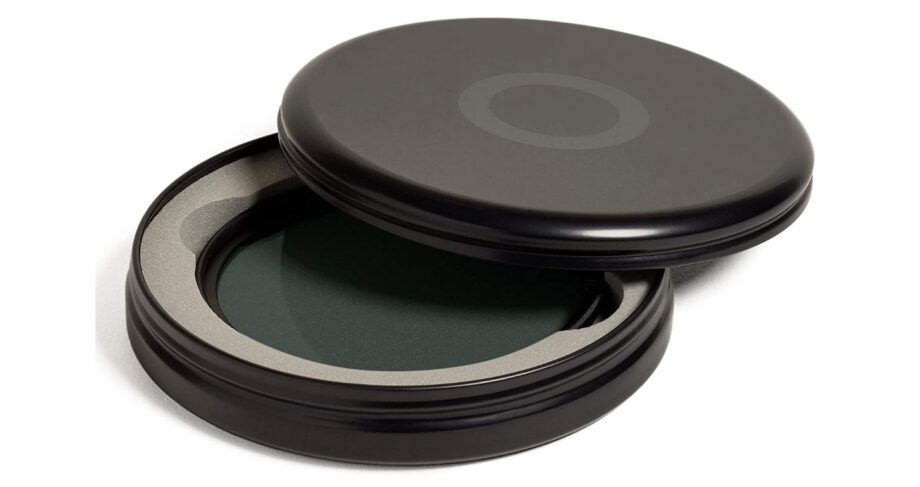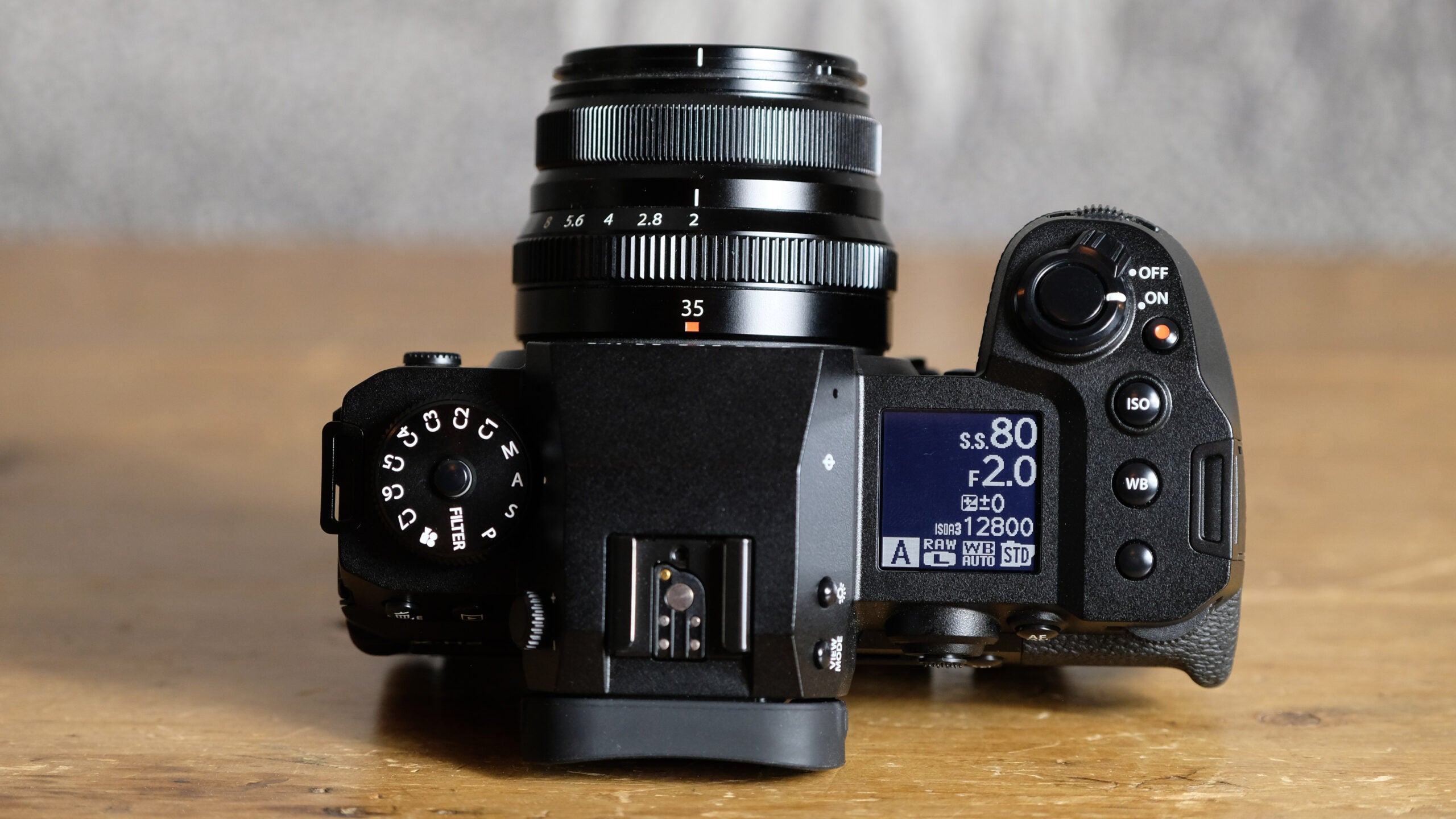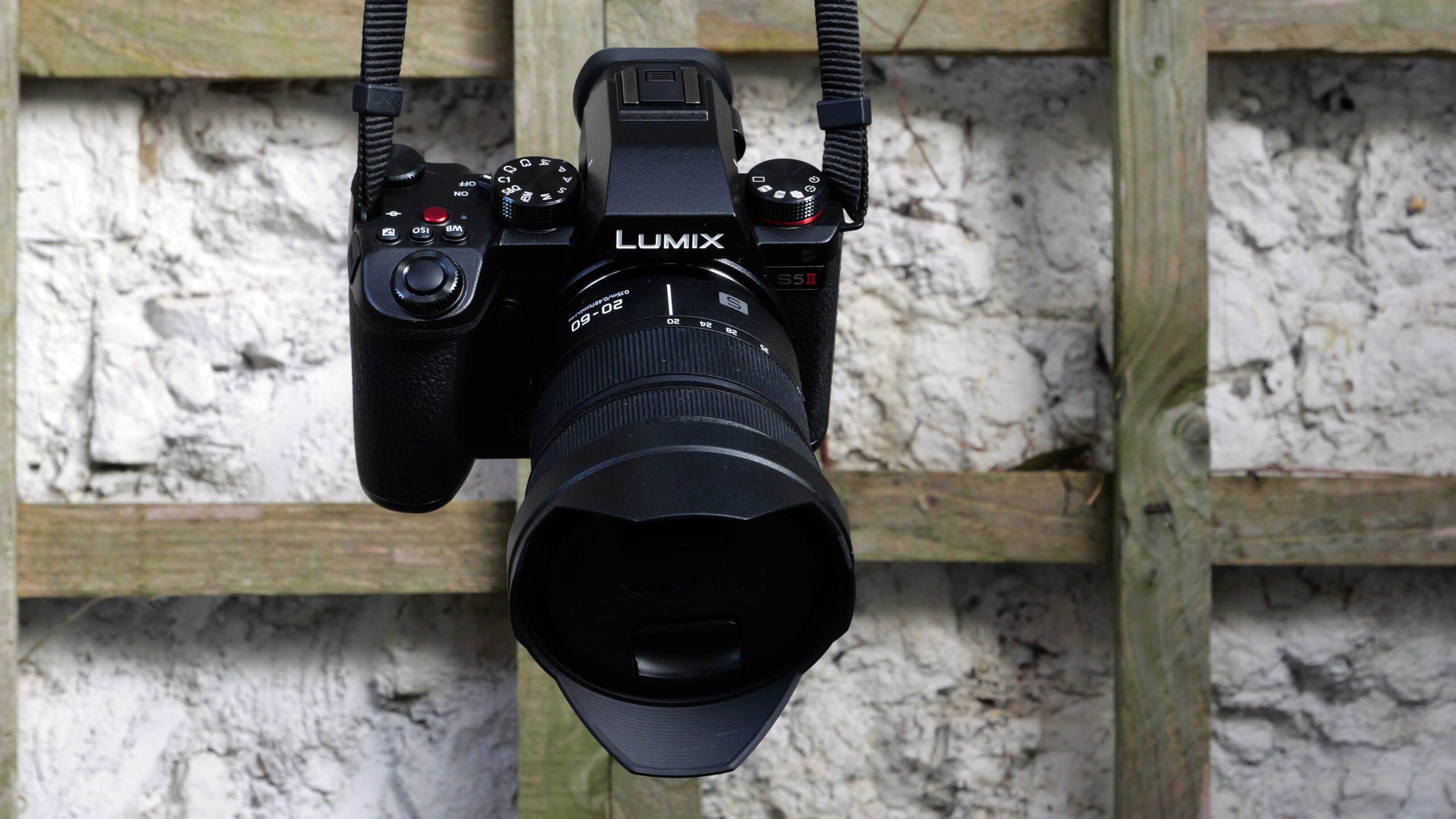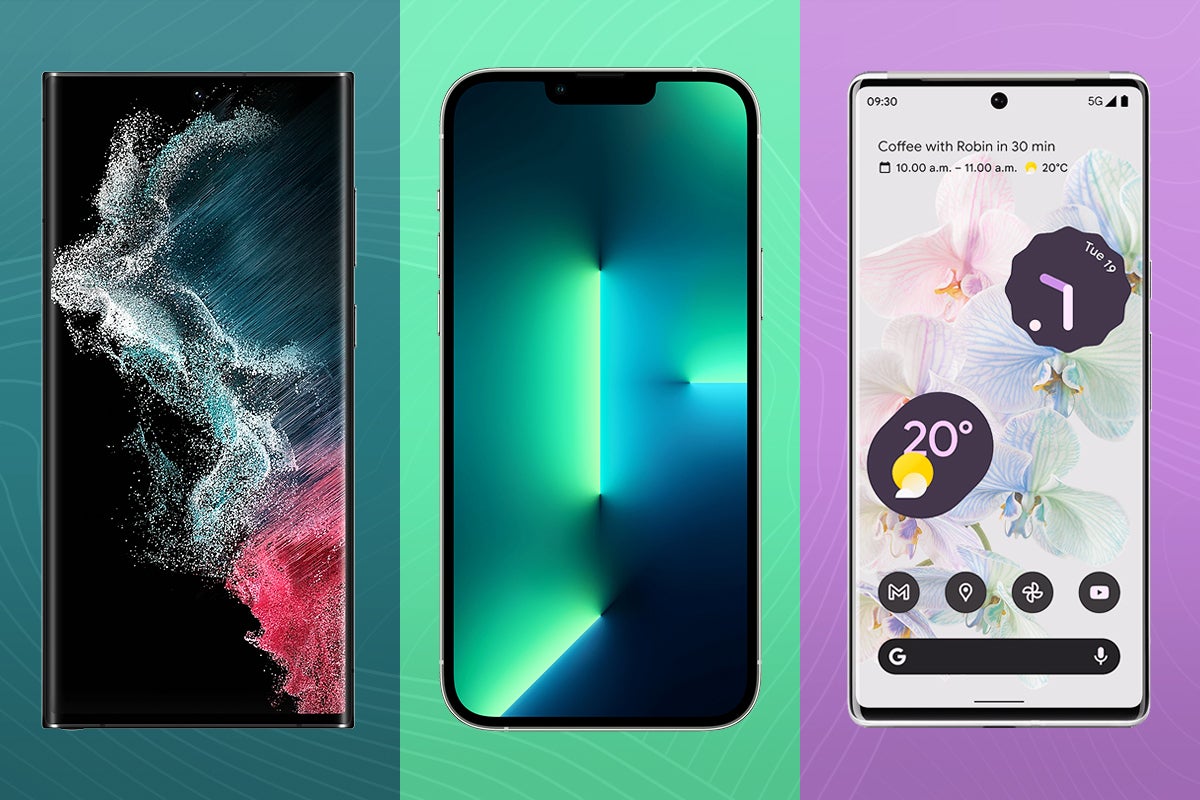What is IR? Infrared photography explained

If you’re looking to capture vibrant and surreal images, you might want to try shooting with an IR filter.
Infrared photography is capable of capturing light and colours that are invisible to the human eye. IR photos are typically darker with warmer tones and a glowing feel to them, making IR photography an exciting way to experiment with the appearance of your images.
Read on to discover everything you need to know about infrared photography.
What is IR?
The abbreviation IR refers to infrared light or infrared radiation.
This is a type of electromagnetic radiation that is invisible to the human eye. Its wavelengths are greater than those at the red end of the visible light spectrum but shorter than microwaves and radio waves, ranging from around 700nm to 900nm.
What does IR mean in photography?
In photography, infrared refers to the practice of capturing wavelengths of light and colour not visible to the human eye. This method typically requires long exposure times to filter out as much noise as possible.
Infrared photos can be taken using an infrared camera or converted camera for the sharpest results and shortest exposure times, but this can be costly and you won’t be able to capture visible light with the same camera.
Other methods include the more traditional infrared film (you’ll need access to a specialist lab to develop images) or an infrared filter.
IR filters are often cheap and accessible attachments that block visible light from hitting your camera lens. They’re less destructive than converting your camera into an IR camera, but do require slower shutter speeds and longer exposures when capturing infrared light. You may also need to try a few different filters before you get the colours and contrast you’re looking for.
Can IR photos be taken with any camera?
No, not every camera will be capable of capturing infrared light. However, there is a simple way to test if your camera can pick up these wavelengths that requires a standard household item: your TV’s remote control.

“Grab a remote control and point the front towards your camera, then press a button. Check the live view on your camera (or take a few snaps if you’re using a DSLR) as you press buttons on your remote,” says Adobe in its guide to IR photography.
“If your camera picks up a bright white flash coming from the small bulb on the front of your remote control, it means the camera can pick up IR. The brighter and whiter, the better. If the result is a darker purple or red, your camera might not be up to the task.”





